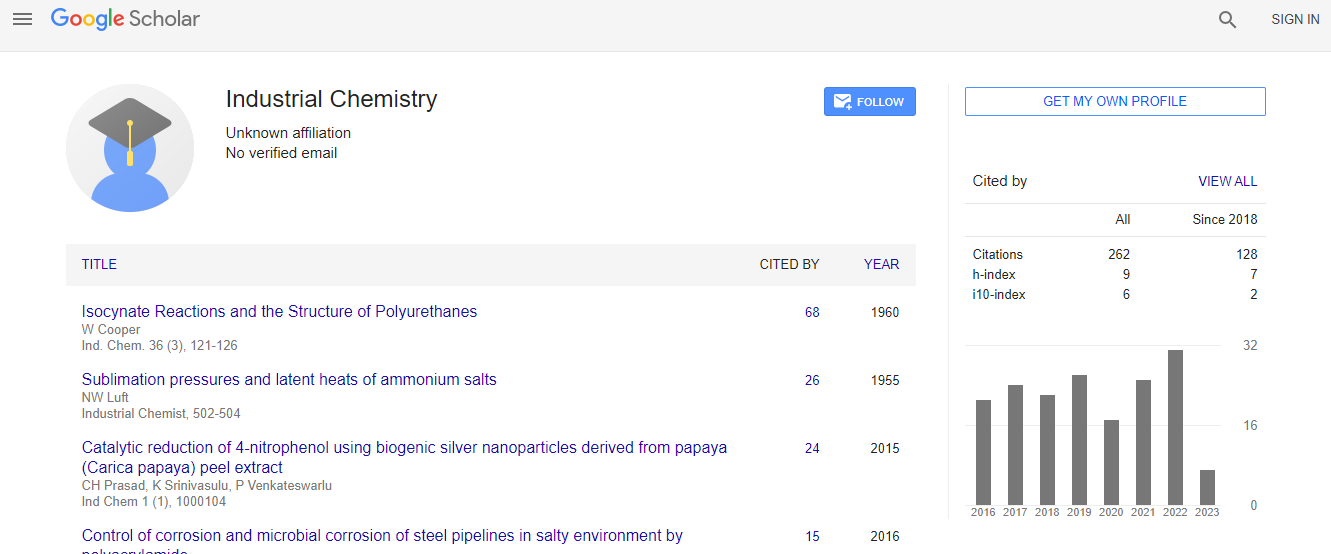Mono or Dual-Ligand Nanoparticles: Theoretical Study
*Corresponding Author:
Copyright: © 2020 . This is an open-access article distributed under the terms of the Creative Commons Attribution License, which permits unrestricted use, distribution, and reproduction in any medium, provided the original author and source are credited.
Abstract
Dual-ligand nanocarriers have been developed to target over-expressed receptors, such as epidermal growth factor receptors (EGFR) and folate receptors (FR), in cancer cells. The dual ligand technique has been developed to enhance nanocarrier targeting, by binding to two kinds of over-expressed receptors instead of one. This study theoretically designs the binding of dual-ligand to two types of over-expressed receptors on cancer cells. We developed molecular theory that considers van der Waals, steric, and electrostatic interactions under a decoupled self-consistent field (SCF) approach. Our developed theory determines the dual-ligand-receptor binding regulations, and it can be applied for triple-ligand nanocarriers. The developed theory shows that dual-ligand nanocarriers are more effective than two mono-ligand nanocarriers combined. Manipulating some of the environmental parameters, such as salt concentration, temperature, and pH, along with the design parameters, such as polyelectrolytes pKa, number of polymers, and their density, can improve the functionality of the therapeutic nanocarriers. Besides, the size of the targeted nanocarriers is determined in this work to an efficient binding to two or more receptors on the cancer cell.

 Spanish
Spanish  Chinese
Chinese  Russian
Russian  German
German  French
French  Japanese
Japanese  Portuguese
Portuguese  Hindi
Hindi 